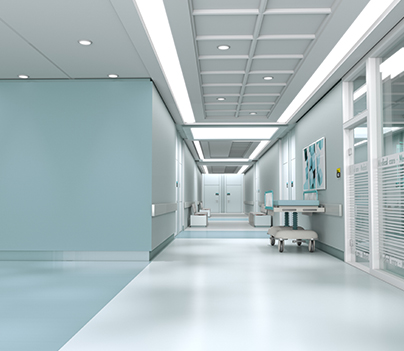
The doctor will first perform a physical examination of your skin and eyes to check for signs of jaundice before making a diagnosis of your illness. They will next probe you to find out where the abdominal discomfort is coming from. The doctor may also examine the discomfort in your abdomen. Then, to check for any bile duct obstructions, doctors may prescribe procedures including blood tests and ultrasounds. The doctor may order CT scans, MRIs, HIDA scans, and other tests after reviewing the findings of your blood work and ultrasound.
Your doctor could advise having your gallbladder removed if your gallstones have begun to malfunction. Both keyhole surgery and laparoscopic gallbladder removal are less invasive procedures. The patient is put under general anaesthesia during the procedure. Small incisions are then made in the upper belly, and the abdominal region is then inflated with carbon dioxide to provide the surgeon a clear view of the organs. A port valve is momentarily kept in place to let all of the carbon dioxide to escape from the belly after the surgeon removes the gallbladder and laparoscope. Following that, the wounds will be stitched up before being sealed with skin adhesive or ski closure tapes. The whole procedure takes one to two hours.
You must adhere to the doctor's recommendations for a successful operation and a quicker recovery after surgery, just as with any other surgical procedure.
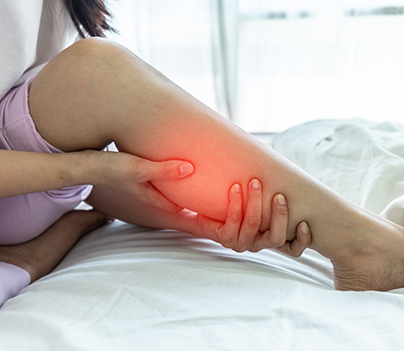

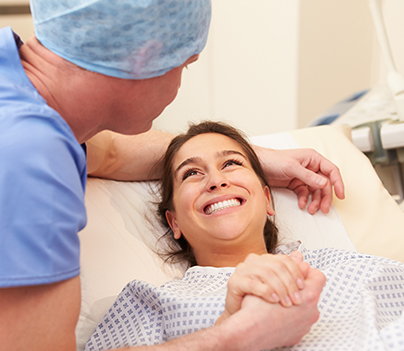
Unless the doctor advises otherwise, patients who have laparoscopic surgery can often leave the hospital the same day because it is a nursery procedure. Patients are often allowed to return to their normal routine in two weeks after being told to cease participating in strenuous physical activity like sports, swimming, and heavy lifting for at least a week.
To assist you return to your regular routine more quickly, the doctor will provide you with a comprehensive rehabilitation plan as well as thorough advice regarding nutrition and physical limits.-
Will I have any digestive problems after a gallbladder removal surgery?
After having their gallbladder removed, most people don't have any digestive issues. However, for the first month following surgery, patients can experience digestive issues with fatty meals. Maintaining a low-fat diet is advocated in these circumstances.
What should I eat after a gallbladder removal surgery?
People who are having their gallbladder removed should stay away from spicy, fatty, greasy, fried, carbonated, and alcoholic foods.
Why does my poop smell so bad after gallbladder removal surgery?
Diarrhoea with a yellow tint may be the result of excessive bile entering the colon. Additionally, one's bowel motions may smell stronger due to the elevated bile salt levels.
Can I drink alcohol after healing from my gallbladder removal surgery?
It is advised to refrain from drinking alcohol after gallbladder surgery since it might result in serious and perhaps fatal problems.
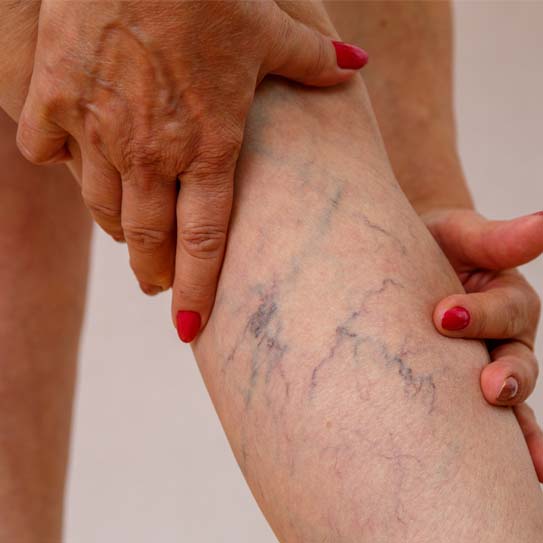
Also known as endovenous laser treatment or EVLA, this is a minimally invasive ultrasound-guided procedure that involves the use of ultrasound images and laser fiber in order to kill the delicate lining of the veins. After a few days following the procedure, the body absorbs the dead tissues, closing off the abnormal veins with minimal or no discomfort. This is one of the most commonly preferred methods as it involves far fewer complications, and the recovery time, as well as the success rate of this method, is much faster and higher than that of any surgical process.
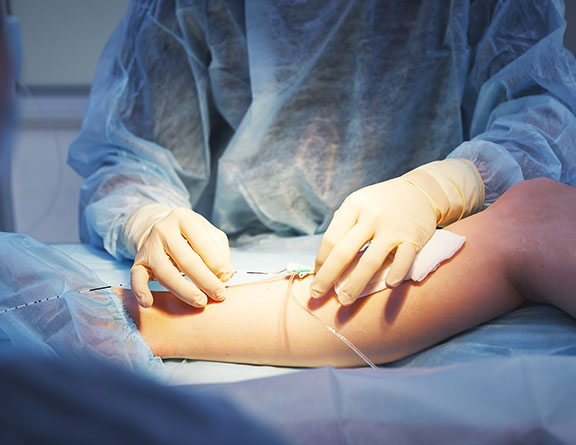
Also known as endovenous laser treatment or EVLA, this is a minimally invasive ultrasound-guided procedure that involves the use of ultrasound images and laser fiber in order to kill the delicate lining of the veins. After a few days following the procedure, the body absorbs the dead tissues, closing off the abnormal veins with minimal or no discomfort. This is one of the most commonly preferred methods as it involves far fewer complications, and the recovery time, as well as the success rate of this method, is much faster and higher than that of any surgical process.
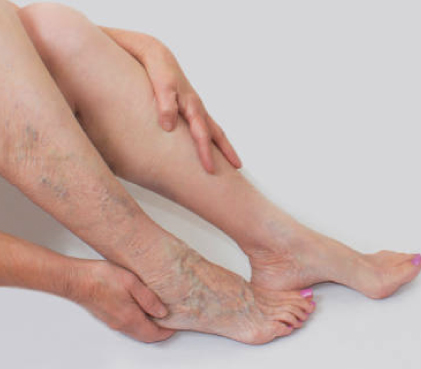
Also known as endovenous laser treatment or EVLA, this is a minimally invasive ultrasound-guided procedure that involves the use of ultrasound images and laser fiber in order to kill the delicate lining of the veins. After a few days following the procedure, the body absorbs the dead tissues, closing off the abnormal veins with minimal or no discomfort. This is one of the most commonly preferred methods as it involves far fewer complications, and the recovery time, as well as the success rate of this method, is much faster and higher than that of any surgical process.